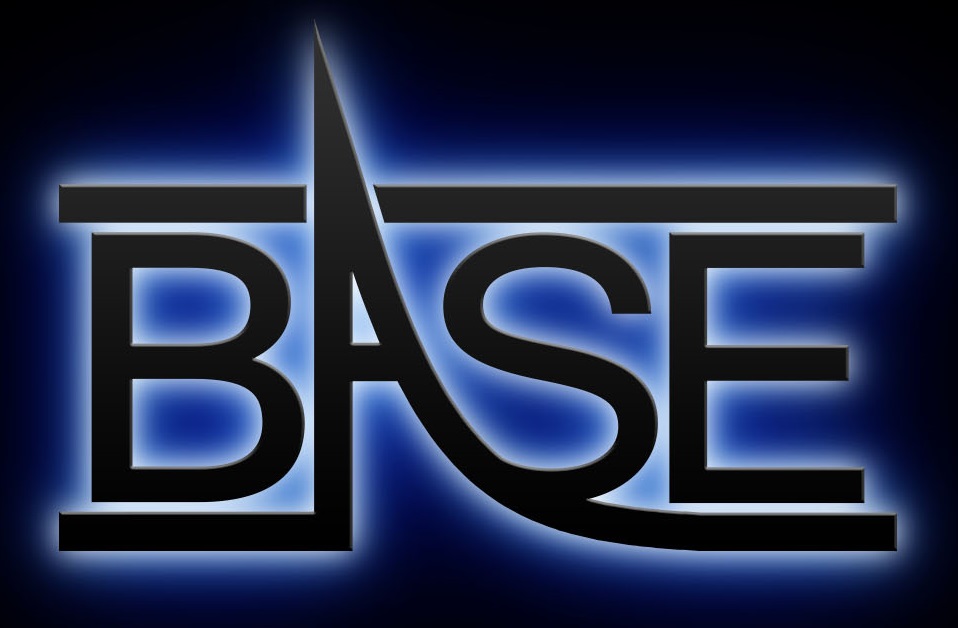RIKEN Opens Fundamental Symmetries Laboratory
The japanese research institute RIKEN will continue its strong support of the work of the BASE collaboration. To this end the new, dedicated "fundamental symmetries laboratory (FSL)" has been opened. The major research goal of FSL will be to push the limits in ultra-precise comparisons of the fundamental properties of protons and antiprotons.
